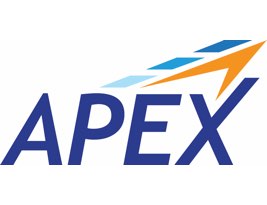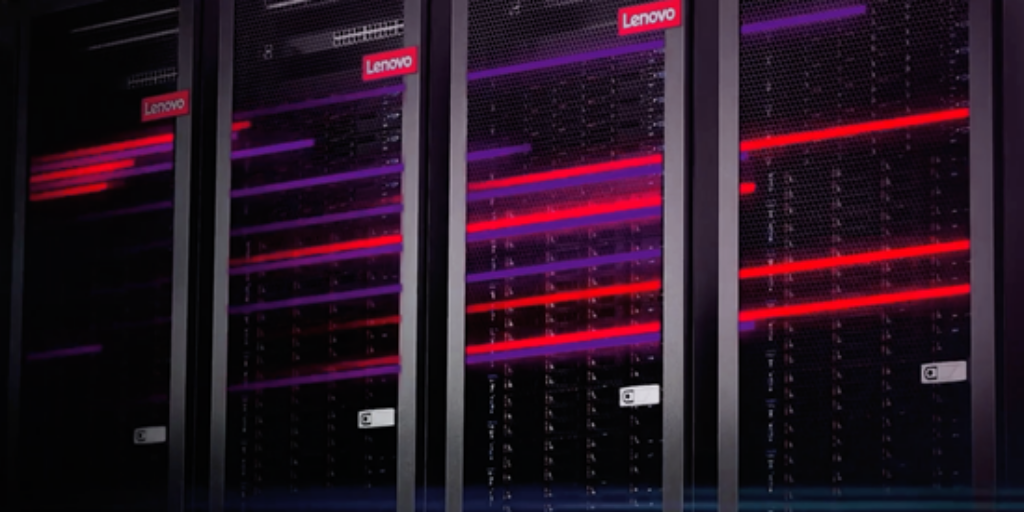 Today Los Alamos, Lawrence Berkeley, and Sandia national laboratories announced the Alliance for Application Performance at Extreme Scale (APEX). The new collaboration will focus on the design, acquisition and deployment of future advanced technology high performance computing systems.
Today Los Alamos, Lawrence Berkeley, and Sandia national laboratories announced the Alliance for Application Performance at Extreme Scale (APEX). The new collaboration will focus on the design, acquisition and deployment of future advanced technology high performance computing systems.
Over the years, each of the laboratories has independently deployed world-leading supercomputers to support their respective scientific missions. In joining together, they aim to work even more closely with vendors to shape the future of supercomputer design to deliver ever-more capable systems to solve problems of national importance.
“The supercomputing community is entering a time that is both exciting and challenging as architectures evolve to move us closer to exascale systems,” said Gary Grider, High Performance Computing Division Leader at Los Alamos. “The supercomputers of the future will not only be extremely powerful, but will also need to be much more energy efficient and resilient than current designs. APEX is a critical force in achieving these goals for the nation.”
APEX will develop future computing technology with two new advanced computing systems, “Crossroads” for the New Mexico Alliance for Computing at Extreme Scale (ACES, a Los Alamos and Sandia national laboratories partnership), and “NERSC-9” for the National Energy Research Scientific Computing Center (NERSC) at Berkeley Lab in the 2020 time-frame.
Both new computing platforms will focus on providing increased application performance and capability in addition to the deployment of advanced technology concepts necessary to meet the mission needs of the Department of Energy/National Nuclear Security Administration’s Advanced Simulation and Computing (ASC) Program and the DOE Office of Science Advanced Scientific Computing Research (ASCR) Program.
This partnership allows the ASC Program and the ASCR Program to work together to leverage investments and increase the cost-effectiveness in acquisition of yet-to-be-deployed systems. APEX will also allow the Laboratories to pursue areas of collaboration with vendors providing substantial value to the Crossroads and NERSC-9 systems in the areas of increased application performance, increased workflow efficiency, and enhanced reliability of the systems.
APEX’s focus is on applications and enabling the solution of problems that can’t be solved using today’s supercomputers,” said NERSC Director Sudip Dosanjh, who led the extreme-scale computing program at Sandia and was co-director of ACES before assuming the leadership of NERSC in 2012. “At the same time, we must ensure that our users can effectively use these new systems. With the proven expertise of our three laboratories combined, we are confident that APEX will develop and deploy technologies that further DOE’s mission in science and national security.”
The overarching, long-term goal is to develop systems and technology in order to enable the most complex computational simulations for the DOE. The complexity of questions being asked in fields such as national security, clean energy, materials science, climate change, and astrophysics are driving the mission need for larger supercomputers. APEX is also charged with delivering the systems along the pathway to exascale as laid out by the DOE Exascale Computing Initiative, as well as the National Strategic Computing Initiative.
ACES and NERSC began collaborating in 2010 with the procurement and deployment of two similar systems, “Cielo” at Los Alamos, and “Hopper” at NERSC, both Cray XE6 systems.
The partnership was formalized and strengthened with the Trinity/NERSC-8 joint procurement, which resulted in the acquisition of two Cray XC40 systems: “Trinity” at Los Alamos, and “Cori” at NERSC. The APEX collaboration continues to build on this shared history between the two organizations.



